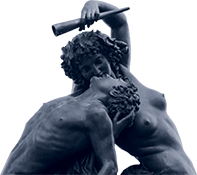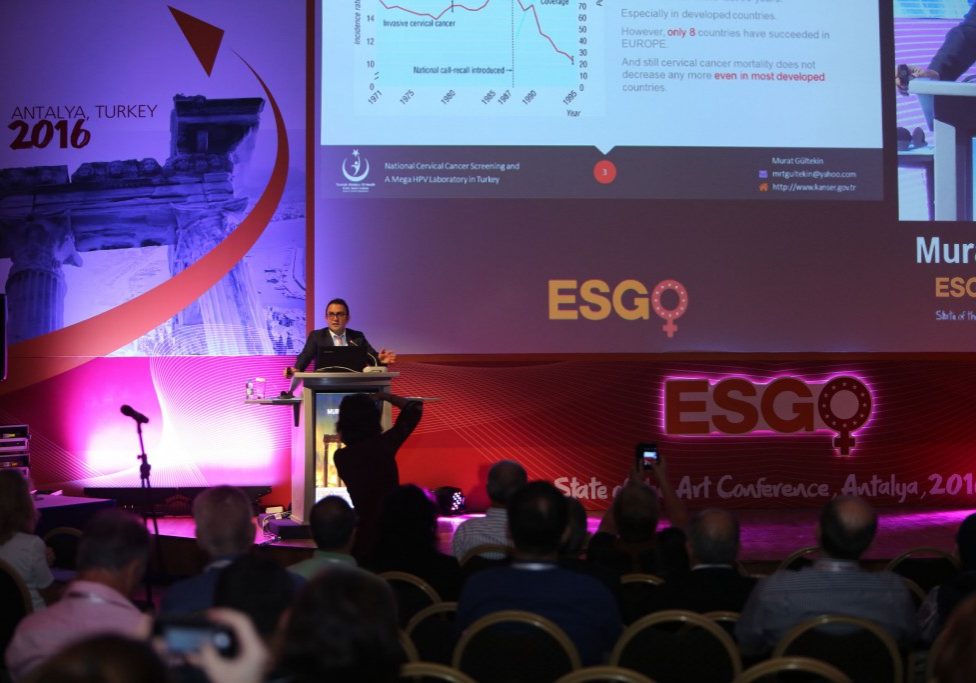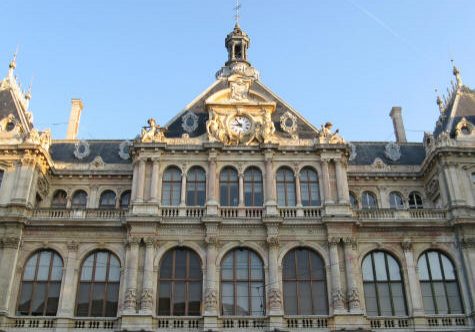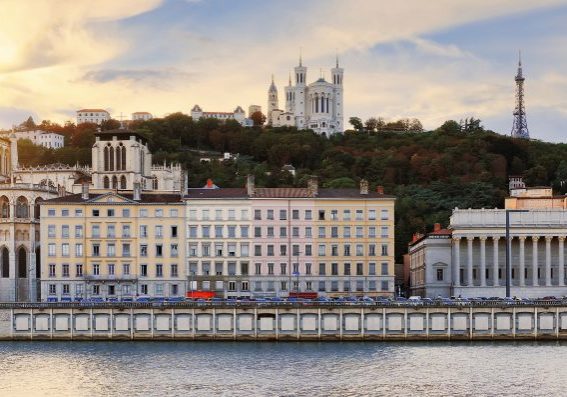ABOUT LYON
City of Lyon
At the crossroads of European exchanges since time immemorial, Lyon is a city that arouses passion because it's a place of openness, welcome and numerous encounters.
Its architectural heritage listed on UNESCO's World Heritage list, its reputation as the international capital of gastronomy, as well as its cultural effervescence and the boldness of its recent urban developments, from the Confluence district to the walkways along the banks of the Saône, are so many things that make it one of the most popular and "trendy" destinations of urban tourism in Europe.
Everything that's required to ensure you enjoy an unforgettable experience is here: wonders of the past, contemporary creativity and the art of gracious living.
Welcome to Lyon!
History
In 43 BC the Roman military colony of Lugdunum (Lyon) was founded. It served as the capital of the Roman territories known as the Three Gauls under Augustus, but had to wait until the 15th century for fame and fortune to strike: with the arrival of moveable type in 1473, Lyon became one of Europe’s foremost publishing centres, with several hundred resident printers contributing to the city’s extraordinary prosperity. By the mid-18th century, the city’s influential silk weavers – 40% of Lyon’s total workforce – transformed what had already been a textiles centre since the 15th century into the silk-weaving capital of Europe.
A century on, Lyon had tripled in size, boasting a population of 340,000 people and 100,000 weaving looms (40,000 of which were in the hilltop neighbourhood of Croix Rousse). But life at the loom was hard. A weaver spent 14 to 20 hours a day hunched over his loom breathing in silk dust; two-thirds were illiterate; and everyone was paid a pittance. Strikes in 1830–31 and again in 1834 only resulted in the death of several hundred weavers.
During WWII some 4000 people (including Resistance leader Jean Moulin) were killed and 7500 others deported to Nazi death camps under Gestapo chief Klaus Barbie (1913–91), the ‘butcher of Lyon’. Nazi rule ended in September 1944, when the retreating Germans blew up all but two of Lyon’s 28 bridges.
Tourist attractions
Place Bellecour - the great piazza in the city centre between the Rhône and the Saône
Fourvière – hill with lovely views on the city of Lyon at your feet. Fourvière is home to Lyon's most emblematic monument, the basilica Notre Dame de Fourvière - a late 19th century basilica built in shimmering white stone in the neo-Byzantine style.
A couple of hundred metres south of the Basilica lie the principal remains of the Roman city of Lugdunum, the Roman theatre and the smaller Odeon.
The historic quarter of le vieux Lyon - a maze of narrow streets and historic buildings many dating from the Renaissance or earlier.
Among the musts in this part of old Lyon, in addition to the cafés and restaurants, are the "traboules" - narrow Renaissance alleyways mostly running perpendicular to the river.
Also in the old city is the Cathedral Saint Jean - a mediaeval gothic cathedral most famed for its astronomic clock.
Place des Terreaux – place on which stands the Lyon fine arts museum, which is one of the best provincial museums in France and has a good collection, from Egyptian and classical antiquities and decorative arts to paintings, and includes works by Veronese, Rubens, Tintoretto, the French Impressionists, Matisse, Picasso or Francis Bacon.
Other interesting museums - Confluences museum of science and anthropology, Textile Museum, Modern Art Museum, Lyon Cinema museum and Electricity museum.
Useful links
Accommodation
If you want to book your accommodation, you can do so via the Tourist Information reservation centre.
The Lyon City Card
This is a 1, 2 or 3-day tourist pass that gives you access to museums, public transport, tours... Click here for more information.
The Tourist Information Office
Address, opening times, and services provided by the Tourist Information Pavilion can be found here.
For the map of Lyon's public transport network (TCL) please click here.
Lyon transportation
The map of Lyon's public transport network (TCL) can be found here.
- Rhône Express
The booking service for the Rhône Express tram (to and from Lyon-Saint-Exupéry airport) is available here.
The "Collector Business" guidebook
It contains a list of places that are really worth visiting (restaurants, bars, nightlife, shopping...):






